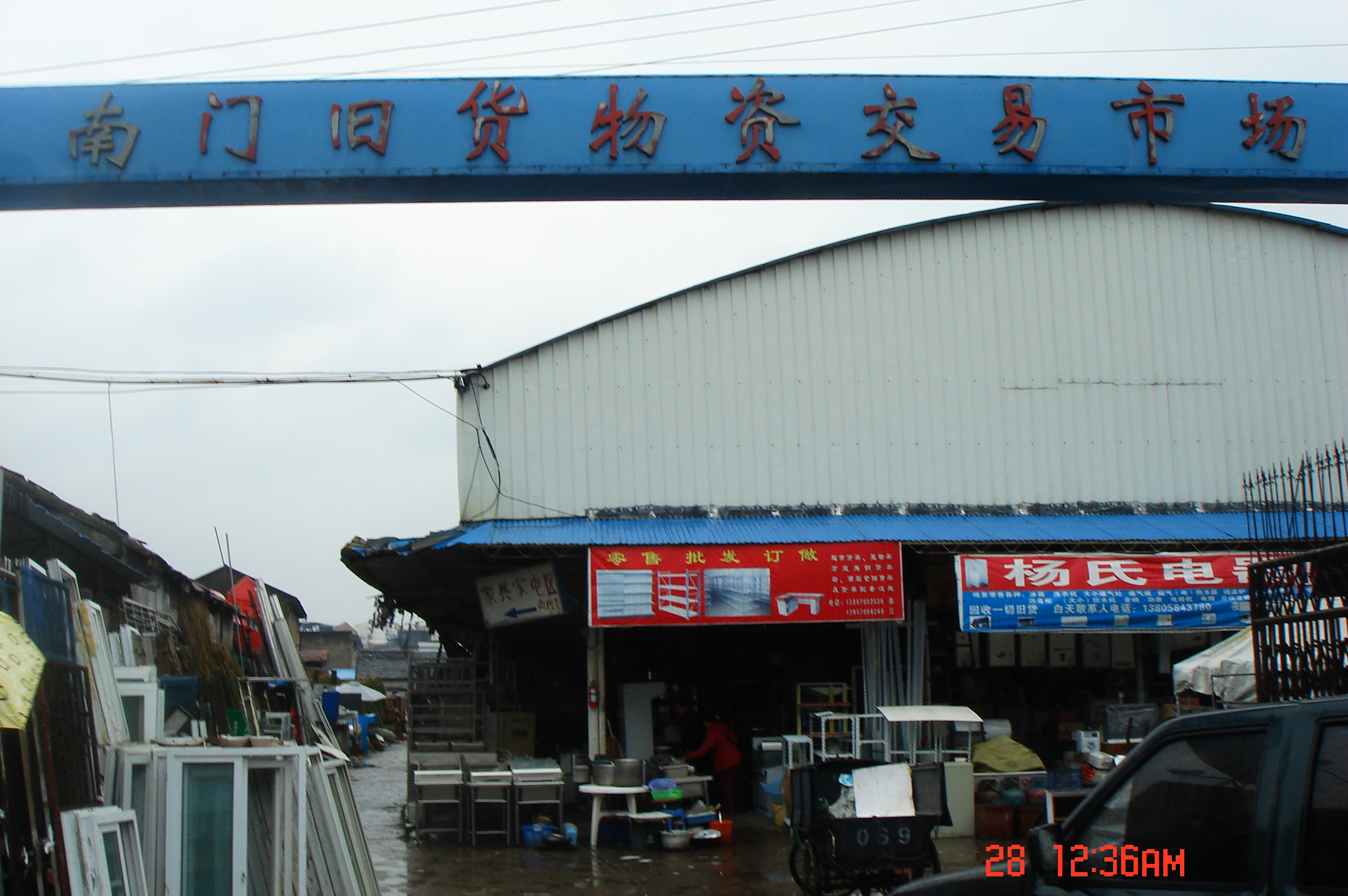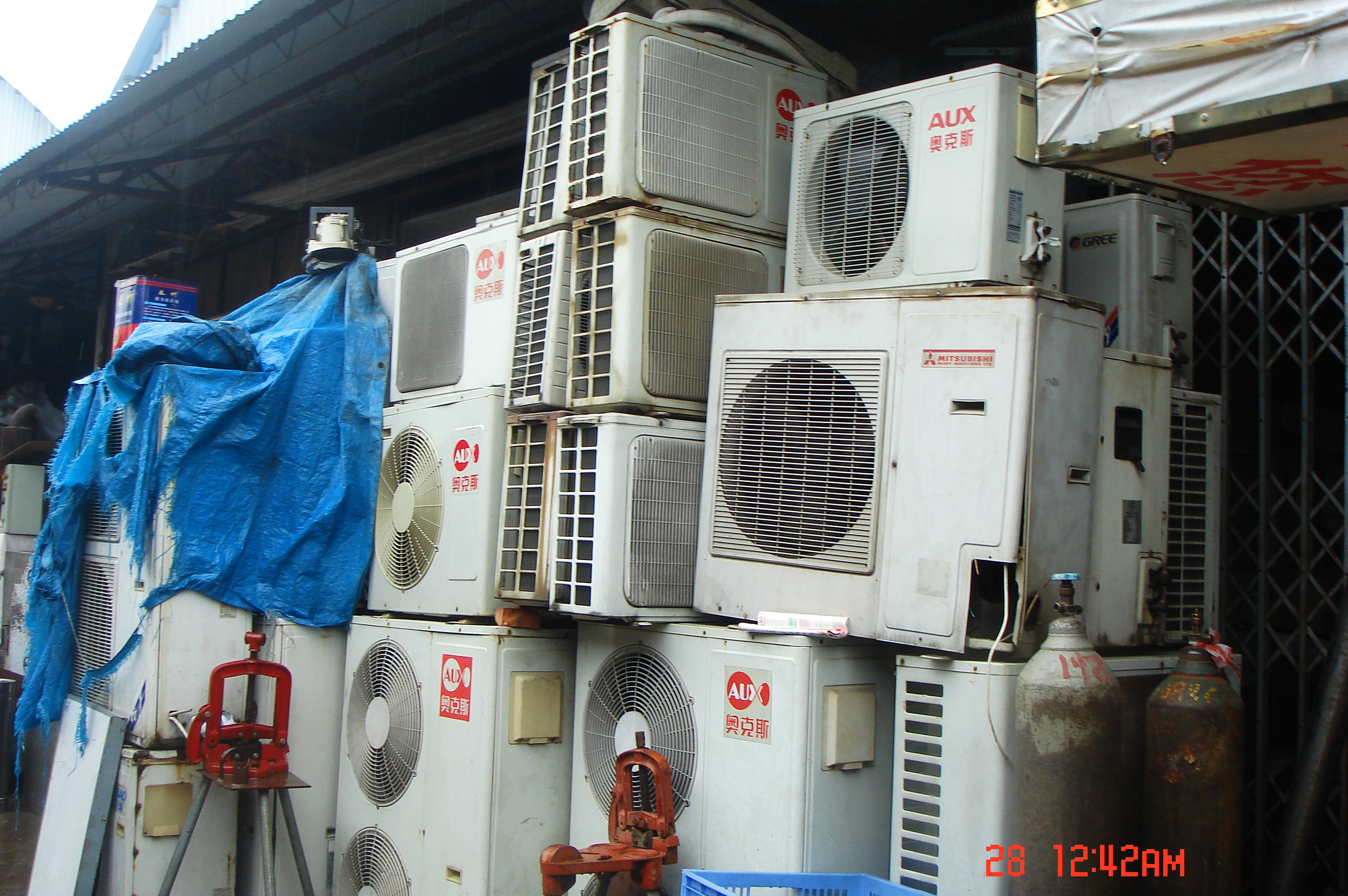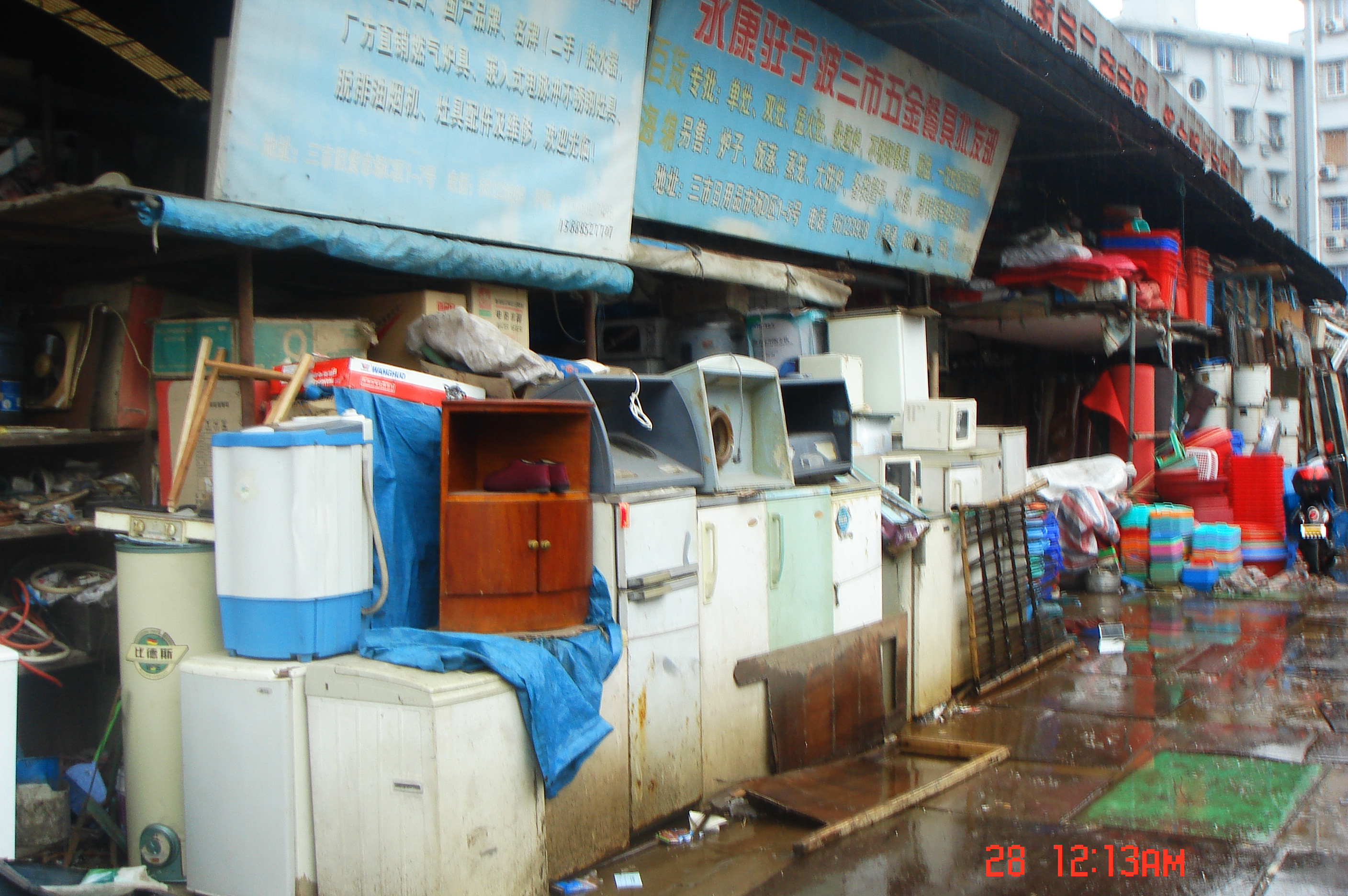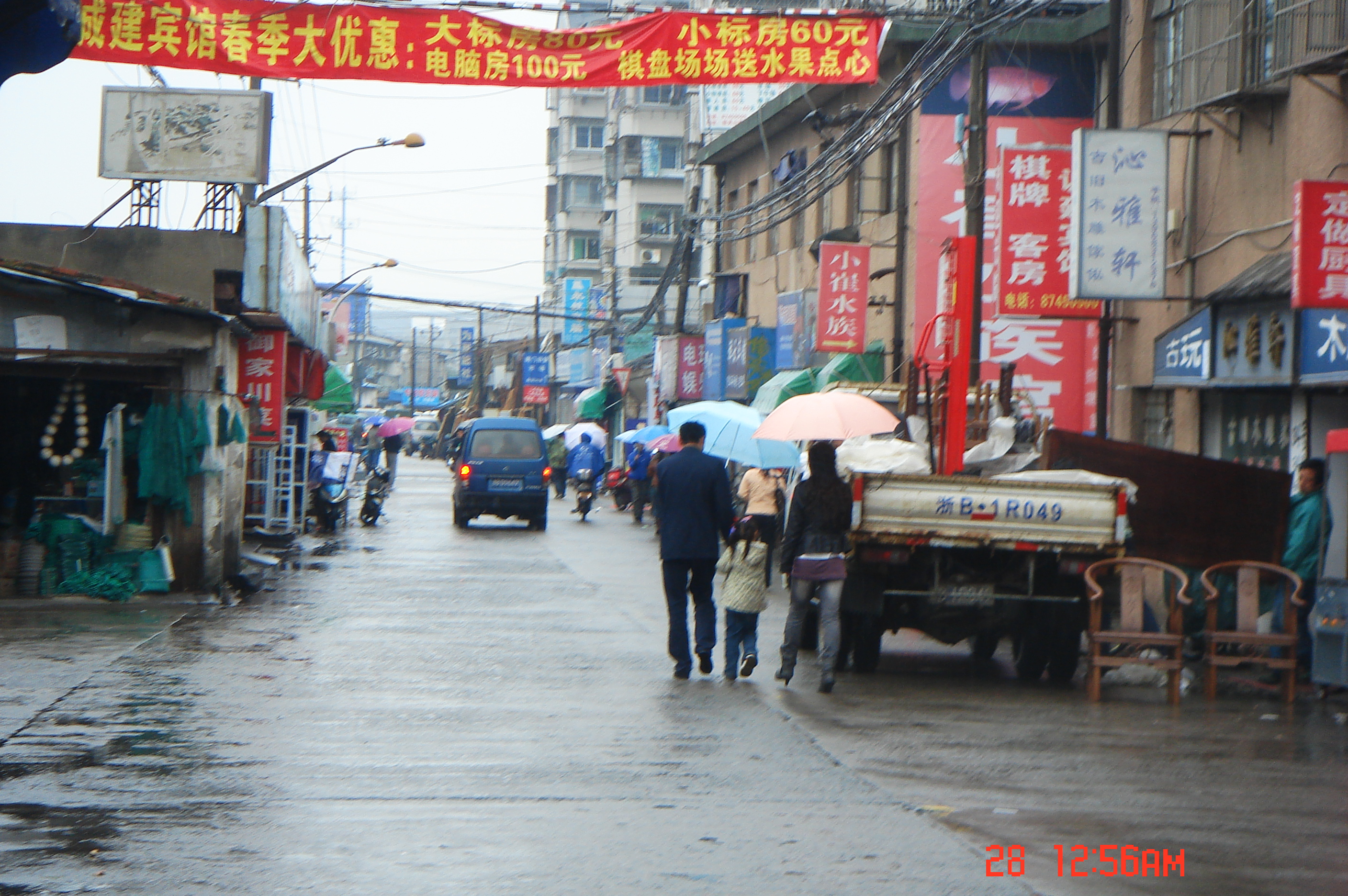Some Notes About E-waste
Posted: May 6th, 2009 | Author: Meng Xing | Filed under: waste industries | Tags: e-waste, recycling | No Comments »It is estimated that E-wastes are generated 20-50 million tonnes per year in the world (Greenpeace 2008). Nowadays, Because of the high tech, the life cycle of electronic equipment is shorter than before. The products update quickly. UNEP-Vital-Graphic (2004) reports that the computers have an average life span of only 2 years in developed countries. There are many problems in recycling and disposal of E-waste. Open burning of E-wastes is toxic because of hazardous and materials such as heavy metals and PVC which are harmful for environmental, animals and human health (Greenpeace 2008). The contamination of wastes has an impact on the surrounding soils. In China, Dumping and the open burning sites are still common.
As the research conducted by Greenpeace, the electronics products contain lead, Cadmium (can result in damage to the kidneys and bone toxicity), Antimony, Phthalates, PCBs, etc. UNEP-Vital-Graphics points out that there are about 23% plastic, 32% ferrous metals, 18% non-ferrous metals, 12% electronic boards and 15% glass in a computer. However, only about 50% of the computer can be recycled.
The regulation is necessary for controlling the environmental pollution. During designing and manufacturing, the use of hazardous chemicals should be avoided. Furthermore, although the imports of E-waste is banned, there are still a large amount of illegal E-wastes enter into China.
Greenpeace (2008) Chemical Contamination at E-waste Recycling and Disposal Sites in Accra and Korforidua, Ghana.
UNEP-Vital-Graphics (2004) Vital Waste Graphics. E-Waste: The Great E-waste Recycling Debate.





Recent Comments